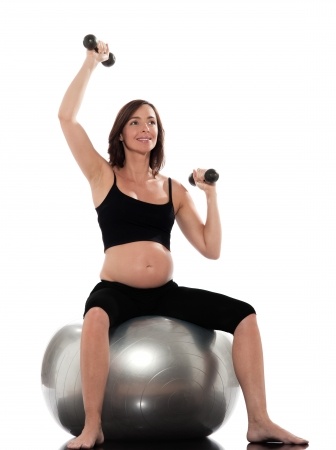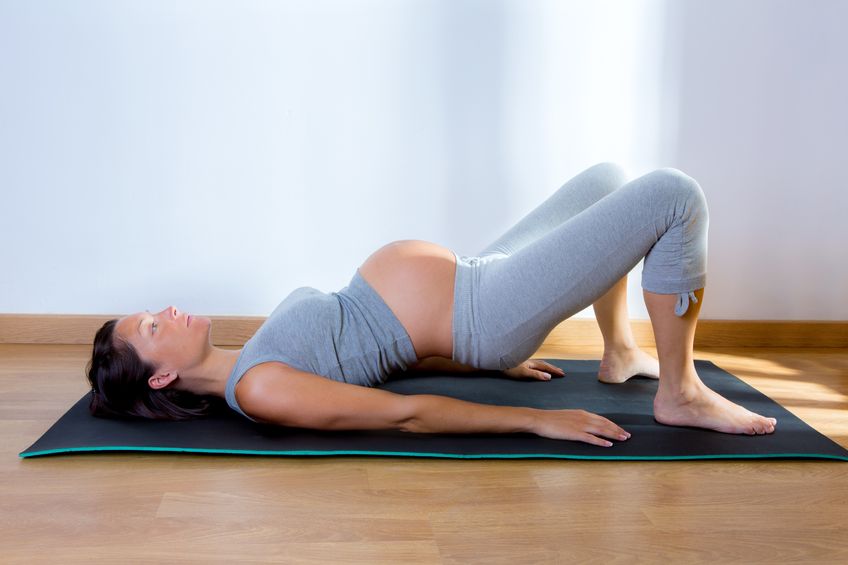Pregnancy Exercise Guidelines
Following a Pregnancy Exercise Regimen
by ACE Physical Therapy and Sports Medicine Institute
Tips for Pregnancy Exercises.
- Get permission to exercise from your doctor prior to beginning an exercise routine.
- Listen to your body and don’t be afraid to modify your routine on a daily basis.
- Perform Kegel exercises several times per day.
- Abdominal crunches are not needed to strengthen those muscles. Perform a well-designed “Plank” routine to work on this muscle group.
- Seek advice from your Physical Therapist for proper exercises and technique to perform while you are pregnant.
Should I exercise if I’m pregnant? Are there risks of injury if I exercise during pregnancy? What precautions should I take when exercising during pregnancy?
Like many other moms-to-be you may have a bunch of questions about proper healthcare during your pregnancy. Exercising during pregnancy is a common topic many healthcare providers face on regular basis. Here’s the short answer: Regular exercise throughout your pregnancy will help prepare you physically and mentally for the challenges of childbearing. At the same time, there are several guidelines and precautions that should be followed to avoid injuring yourself or harming the pregnancy process.
Pregnancy and Wellness
As you already know, your body is undergoing many changes during pregnancy, and these changes are very taxing to the mind and body. You will naturally adapt to support the growing child, and this will impact every system within your body. Common changes include gaining weight, the need for more rest, mood swings and orthopaedic problems ranging from backaches to swollen ankles. Exercise can play a fundamental role in relieving some symptoms and maintaining overall wellness as you prepare for your baby’s delivery.
Before undertaking any fitness program, you need to clear it with your doctor or healthcare professional that is overseeing your pregnancy process. The general guideline is simple: if you have been exercising before getting pregnant, continue with your regular routine and adjust accordingly as your pregnancy progresses. If you are just beginning your exercise routine, be careful, get advice and start off slowly.
Recommended Pregnancy Exercise Routines
1. Cardiovascular Conditioning – A good exercise program should include low impact cardiovascular exercises such as swimming, walking, dancing, and low impact aerobics. If you can perform one or more of these exercises daily for 30 minutes or more, it will help to increase your endurance, maintain bodyweight, reduce stress, increase energy, sleep better and even make you feel better about yourself.
 2. Increasing Strength and Endurance – Strength training exercises can play a key role throughout the pregnancy process. They will help you develop the strength and muscular endurance you need as the pregnancy develops and as you prepare for labor. As your body changes, the dynamic muscular support of the joints (especially the spine!) will be extremely important. With proper training, you should be able to continue to perform your daily activities with ease providing you are strong enough to support and move the additional weight that you gain throughout the pregnancy.
2. Increasing Strength and Endurance – Strength training exercises can play a key role throughout the pregnancy process. They will help you develop the strength and muscular endurance you need as the pregnancy develops and as you prepare for labor. As your body changes, the dynamic muscular support of the joints (especially the spine!) will be extremely important. With proper training, you should be able to continue to perform your daily activities with ease providing you are strong enough to support and move the additional weight that you gain throughout the pregnancy.
During the pregnancy, your body will prepare for the baby’s delivery by releasing hormones that will affect the ligament’s (leather-like connective tissue that holds a bone to another bone) ability to support the joint. The muscular strength and adequate neuromuscular activity will enable the muscle to provide dynamic support to the joints throughout the body.
What are the strengthening pregnancy exercises? Conditioning the core muscles is essential. This will increase support for your spine, and help you prepare for the baby’s delivery process. Kegel exercises must be a major part of your routine. These exercises will focus on the muscles of the pelvic floor. This muscle group is responsible for controlling urine flow, and they attach to the sacrum, which can aide in the process of stabilizing the lumbar spine. Modified squats and lunges will strengthen your legs and make them better prepared to handle the additional body weight that will occur as you enter your 2nd and 3rd trimester. Your musculoskeletal system will be able to “bounce back” to its pre-pregnancy status more easily if it is well trained throughout your pregnancy.
Pregnancy Activities to Avoid
Some activities should be avoided altogether during pregnancy and some will have to be adjusted as you progress through the trimesters. You should never participate in dangerous activities such as skydiving, down hill skiing, contact sports and mountain biking for obvious reasons.
After the first trimester, you should avoid exercises that require you to lie on your back. The increased size of your uterus and the weight of the baby can place an abnormal amount of weight and pressure on the blood vessels that lead to your heart. This can adversely affect your blood pressure and possibly decrease the amount of oxygen that is delivered to your developing baby. For this reason, performing abdominal crunches after the first trimester is not a great idea and can cause abdominal wall damage (diastasis recti) later in your pregnancy. Instead, you will benefit from a routine of “plank” exercises of any kind.
Throughout your pregnancy, it is essential that you listen to your body. You are not going to be able to do the same amount of exercise as you did before your pregnancy. As your pregnancy progresses and your body weight and shape change, you will need to modify your routine. Don’t feel bad about taking a day off. Sometimes the rest that is required will be far more important and beneficial than struggling through a workout.
Pregnancy should be a fantastic time in a woman’s life. Exercise can be a part of her lifestyle providing she follows a few guidelines. These exercises can help maintain her physical health, provide a stronger and better-conditioned body for the entire process and maintain a positive attitude about herself. Seek advice from your Physical Therapist if you do not know the proper exercises or form to use when performing your routine.
Read more articles on our main website blog at: ACE-pt.org/blog
Vist our main website at: www.ACE-pt.org

